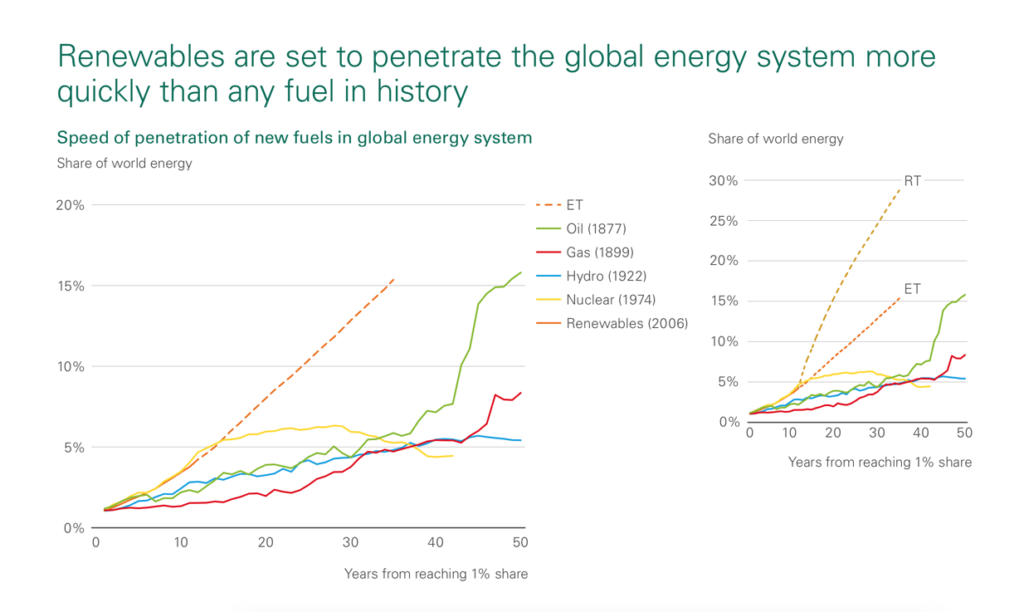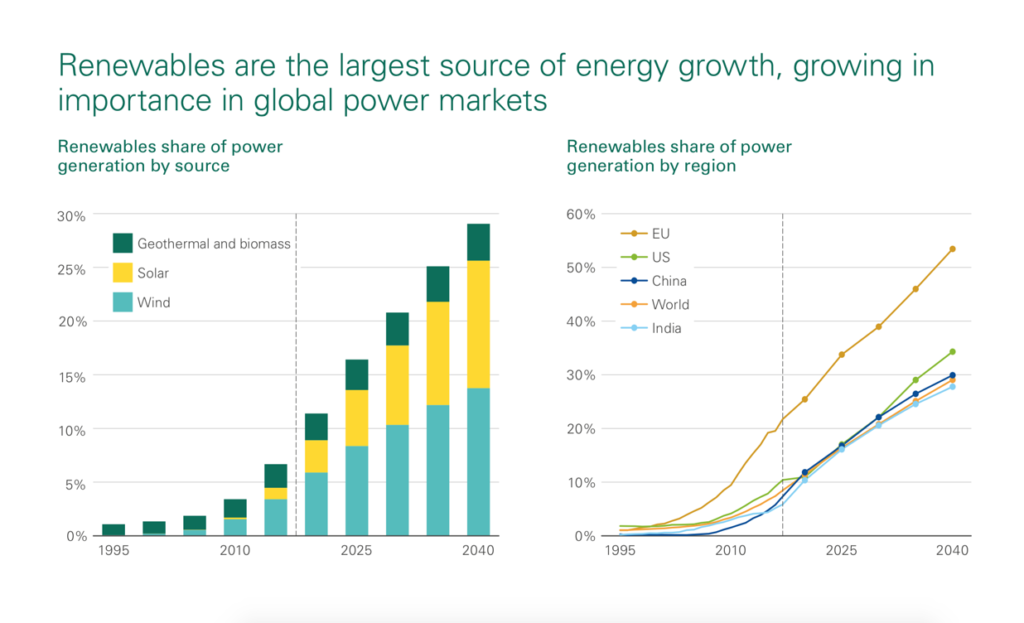Energy Sector Joins the Sharing-Economy
Technology has radically changed almost every major industry as consumers take control and turn the world into a sharing economy. Airbnb has allowed homeowners to compete against major hotel chains; online booking sites like Expedia have eliminated the need for travel agents; Uber has turned the taxi industry on its head. In each case, existing companies in the space have had to adapt their business models or face extinction.
But what about the energy sector?

With its costly infrastructure, the high price of generation and complex regulations covering energy management, this must surely mean that the energy customer can’t ever hope to get involved. Or can they? Well, actually, they can. And with platforms like SunContract, they certainly are!
Global energy system faces a dual challenge
As the world continues to electrify, with power consumption growing strongly, the global energy system faces a dual challenge: the need for more energy and less carbon.
Renewable generation presents a tremendous opportunity to solve this challenge and when paired with blockchain technology, an opportunity to speed up the energy transition and truly revolutionize and improve the way that energy is distributed also presents itself.

While the benefits of pairing distributed energy resources with the technology that is blockchain are clear, some skeptics still argue that blockchain is too complex a phenomenon for it to become mainstream — since people don’t understand how it works.
However, the reality of things is that it doesn’t really matter if you don’t understand how blockchain works. Just as most of us don’t know how the internet works, it just works, and we still use it.
The idea of energy sharing is to meet individual energy needs through renewable energies and to sell excess energy within a sharing community when households produce more electricity than they need. By sharing energy generation and demand, prosumers and consumers see cost savings and become more self-sufficient.
Basically, through its distributed ledger technology, blockchain logs data securely (protected by a public and private key) and shares it with others in the same network.
Using blockchain, people can be connected in interlinked microgrids, share their usage data and manage the local renewable power between them, based on pricing and personal preferences.
The blockchain can then take the preferences you give it — like buying electricity specifically from wind producers, and automatically meet those requirements.
Growth of renewables depends on technical progress

At present, renewable energy is the fastest growing source of energy(7.1% p.a.), contributing half of the growth in global energy. Coal consumption (-0.1% p.a.) on the other hand is broadly flat, with its importance in the global energy system declining to its lowest level since before the industrial revolution. It is expected that by 2040, coal will be surpassed by renewables as the primary source of energy in the global power sector.
However the growth of renewables will strongly depend on technological progress and the pace at which existing power stations are retired. In addition, it will be driven by policies of local, national and regional authorities, in close cooperation with the business community.
At SunContract, we believe that all technology and innovation should contribute towards all three dimensions of sustainable development – economic, social and environmental – and our shared-economy energy marketplace achieves this by combining renewables with blockchain technology.

